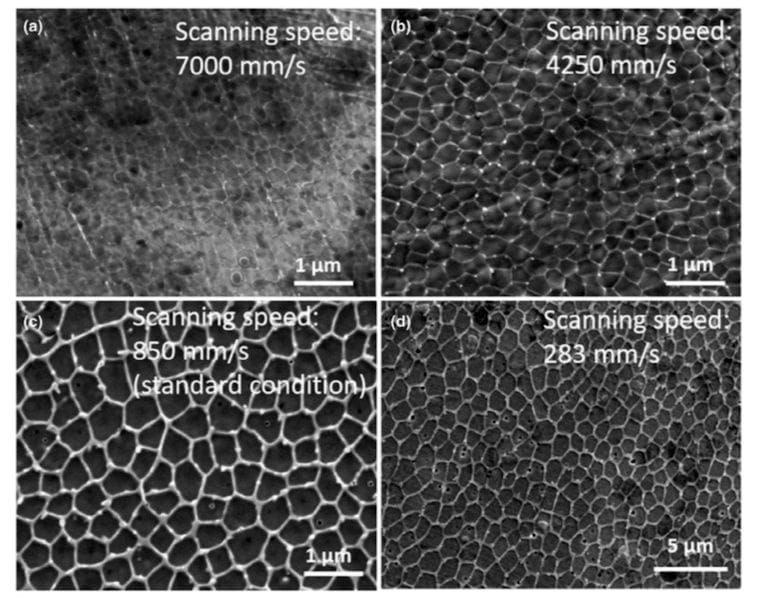
A new research paper suggests there is much more to 3D printing than simply the choice of materials.
In many cases today, 3D printer operators choose the material to match the application. If you need a part that is intended to be exposed to higher temperatures, for example, you should choose a material that can withstand that heat.
Similarly, you must also choose the material that matches the strength and motion characteristics of the application. However, strength is measured in several different ways. Sometimes you can have a strong material, but it is quite brittle. Sometimes you want a mix of strength and ductility, where the part has a bit of “give” to avoid the brittleness.
That’s when it gets tricky. Due to machine and material limitations, you might be forced into a less than optimal choice of material because “that’s all that works” on your equipment, given the relatively poor selection of 3D print materials opposite the countless choices available to conventional manufacturing.
This is especially important in 3D metal printing, where the parts are typically not prototypes and must be used in production applications.
What are you do? In 3D metal printing operations some thought is towards the heating profiles during and after 3D printing, with a goal of altering the microscopic crystallization upon which the strength of the part rests.
But researchers from several universities have recently published a paper explaining another approach that involves the use of a “dislocation network” to modulate ductility.
What is a dislocation network? It seems they are using standard SLM (selective laser melting) 3D metal printing equipment, but creating a microscopic lattice structure at points within the 3D printed part.
This has two advantages. First, the structure increases ductility, but secondly it apparently also increases the rate of part cooling. This is quite important as cooling is a very important stage in 3D metal printing, where parts are extremely hot when printed, sometimes causing deformations when differential cooling takes place.
The new research shows how microscopic cooling structures can be created within the part to assist – and even to some extent control – the cooling process. Today some 3D metal printing operations employ expensive engineers to carefully – and manually – design print jobs to optimize cooling. Perhaps with this approach the same work could be done automatically through software?
But in the end this work demonstrates that there is much more to developing effective materials than simply choosing the material. It’s how you print and post process it that also matters.
Via Science Direct

